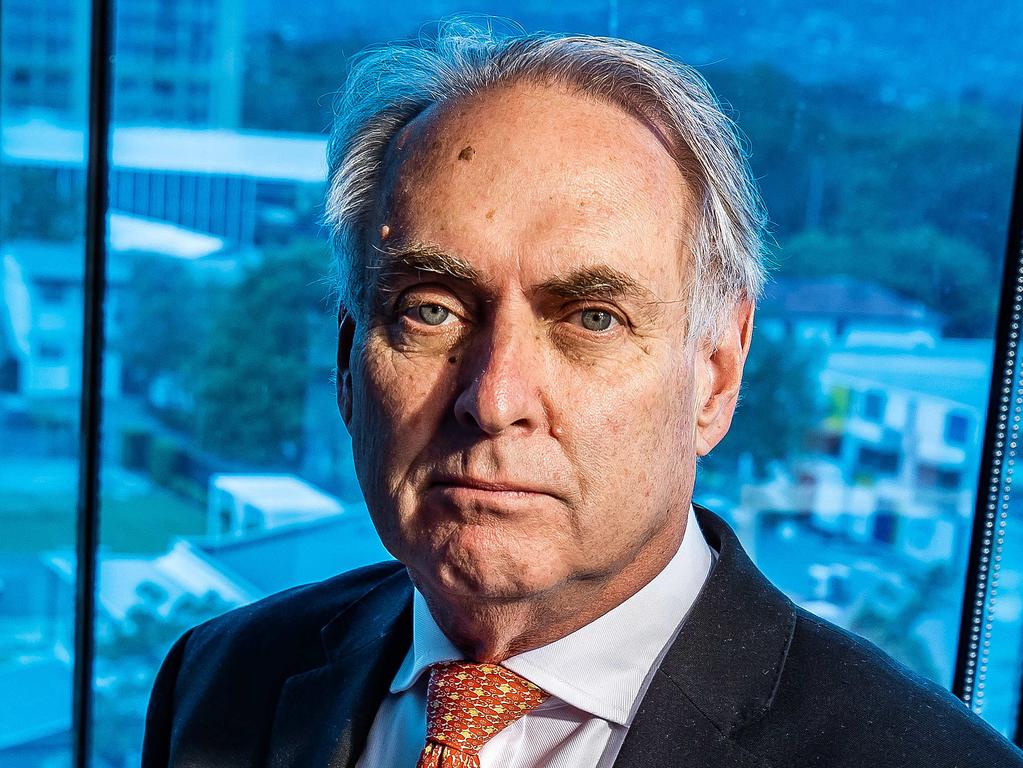800,000 Australian households set to suffer a major mortgage repayment shock this year
More than 800,000 households face a brutal mortgage repayment shock this year as they come off cheap fixed interest rate loans.

More than 800,000 households are set to suffer a major mortgage repayment shock this year as they shift off cheap fixed-rate loans to substantially more expensive variable rates, the Reserve Bank says.
With the threat of three more RBA hikes to a cash rate of 3.85 per cent by May, homeowners who roll over from a sub-2 per cent fixed rate to a variable rate of 6 per cent would be paying an extra $1550 a month on a $750,000 mortgage – an increase of nearly 50 per cent, according to RateCity.
The unprecedented mortgage cliff facing the nation in 2023 comes as new data reveals the effective increase in the cost of living for wage-earning Australians after accounting for higher interest costs hit a record 9.3 per cent in the year to December, or well above the 7.8 per cent official inflation rate.
Marion Kohler, the head of the RBA’s economic analysis department, told a Senate cost-of-living committee on Wednesday that the bank estimated about $350bn worth of loans would roll off super cheap fixed rates to substantially higher variable rates this year, after the RBA hiked rates from 0.1 per cent in April to 3.1 per cent by December.
Ms Kohler said counting the number of affected borrowers was more difficult, but that a “very rough back of the envelope” calculation put the number of loan facilities rolling off fixed rates this year “in the high 800,000s”.
The number of affected households, however, was “likely to be a little bit less”, she said. “There are people who have more than one loan facility. You might have loans with different banks or a split with variable rate loans.”
With so many homeowners still on cheap fixed-rate mortgages, the full impact of the most aggressive rate hike cycle in a generation is yet to be felt, and how households respond will determine how severe this year’s economic slowdown will be.
The RBA board is expected to hike rates from 3.1 per cent to 3.35 per cent on Tuesday.
At a cash rate of 3.1 per cent, previous research by central bank economists found that 30 per cent of fixed rate borrowers would see repayments jump by at least 40 per cent once they converted to variable loans.
In an opening statement to the committee, Ms Kohler said “we understand that some people are finding the rise in interest rates difficult to manage and others will have to cut back on discretionary spending”.
“However, higher interest rates are necessary to ensure that the current period of higher inflation and cost-of-living pressures does not persist too long,” she said.
CBA head of Australian economics Gareth Aird said most if not all fixed-rate loans expiring this year would have been extended at 2 per cent, suggesting they would roll over to variable rates of about 5 per cent today – and higher over coming months should the RBA continue hiking.
And the sharp fall in real incomes over the past year meant households had less capacity now to meet the much higher cost of living, Mr Aird said. Despite a “nasty cocktail” of more expensive home loans and falling property values, Mr Aird said he did not expect the jump in interest payments would trigger a spike in home loan defaults.
“Right now, the more important point is not so much the number of households that might default, it’s more about what kind of changes in spending there will be because of the big step change in repayments,” he said.
“The other people who are hurting are low-income renters. Rents are moving up, and rate hikes are not helping the rental market because it means less construction and less new housing supply. And landlords who have a mortgage are more willing to raise rents to offset some of the increase in the cost of debt.”
This year’s threat of a so-called “mortgage cliff” to hundreds of thousands of borrowers comes as new data shows that last year’s rate hikes meant the increase in cost of living for employee households was running at 9.3 per cent in the year to December.
The annual jump in the Australian Bureau of Statistics’ cost-of-living index for wage earners was the highest in records stretching back to mid-1999.
The index includes the impact of rising interest payments, and so offered a more realistic measure than the consumer price index (which does not incorporate changes in mortgage rates) of the intense cost-of-living pressures facing middle Australia.
Mortgage interest charges climbed by 27 per cent in the December quarter, and by 61 per cent through 2022, the ABS figures show. The last time the broad measure of inflation reached 9.3 per cent was in 1987.
ABS data this week shows retail spending dropped by 3.9 per cent in December, on a seasonally adjusted basis, providing early evidence that the cost-of-living crunch and falling real wages is hitting household budgets.






To join the conversation, please log in. Don't have an account? Register
Join the conversation, you are commenting as Logout